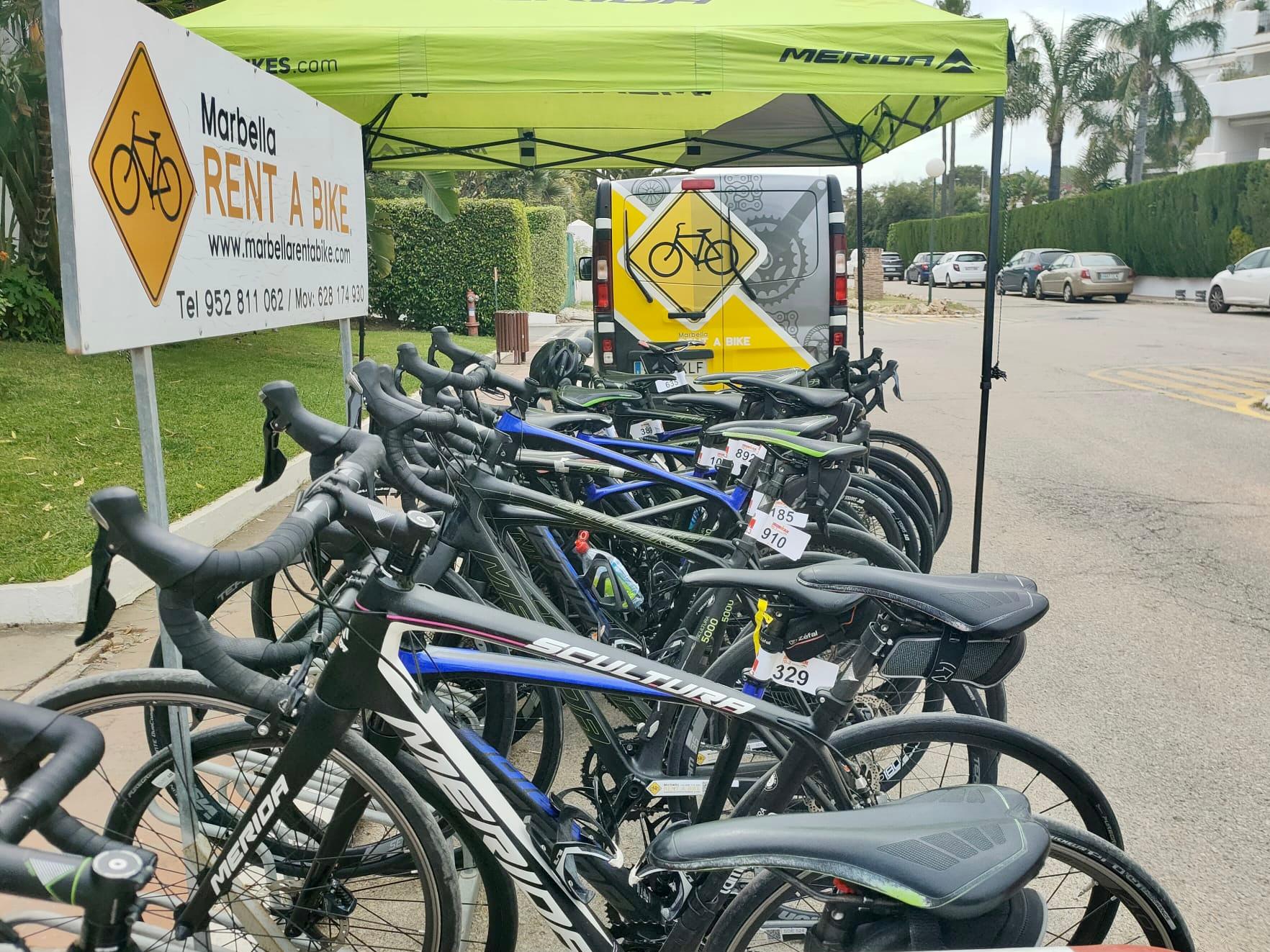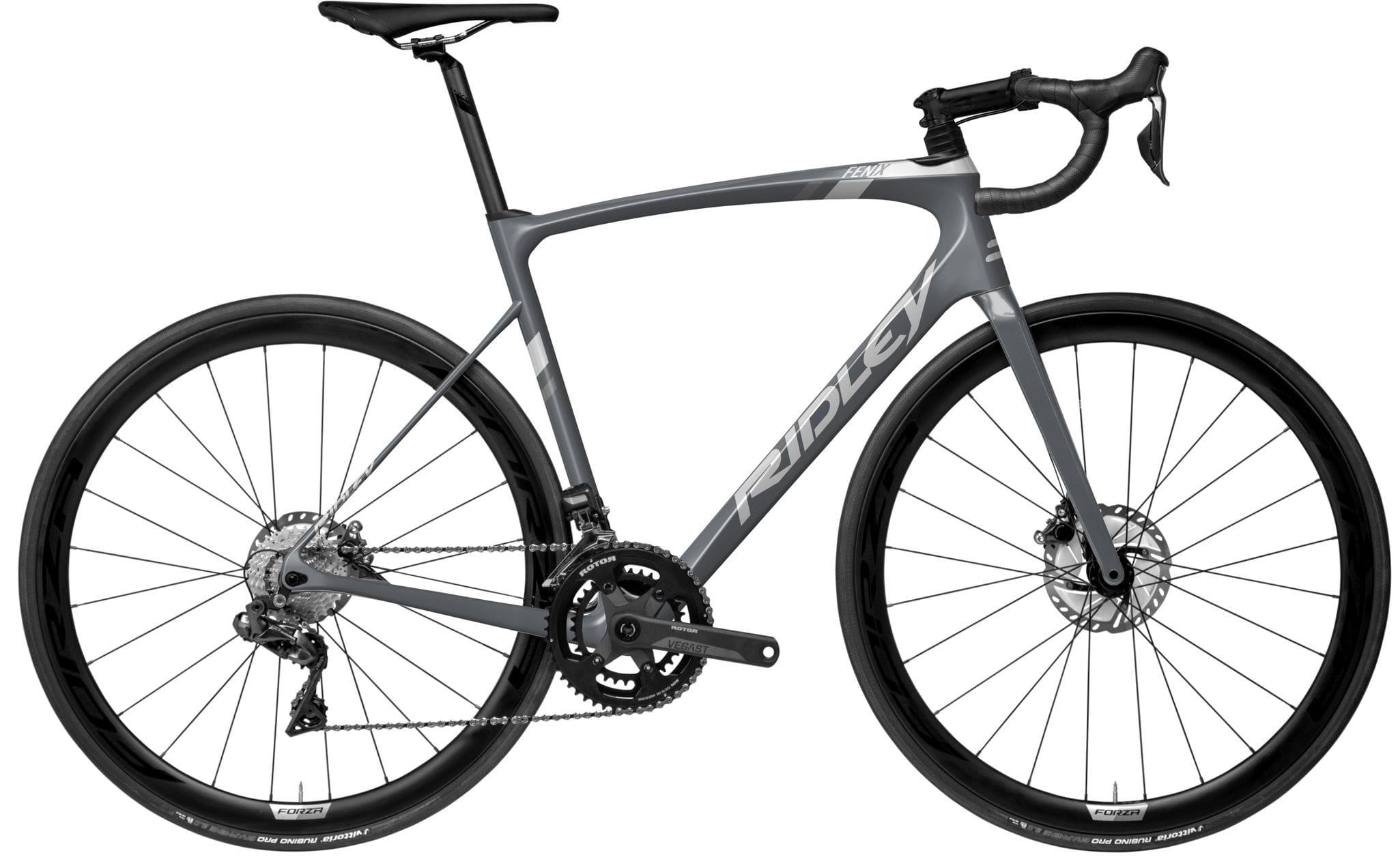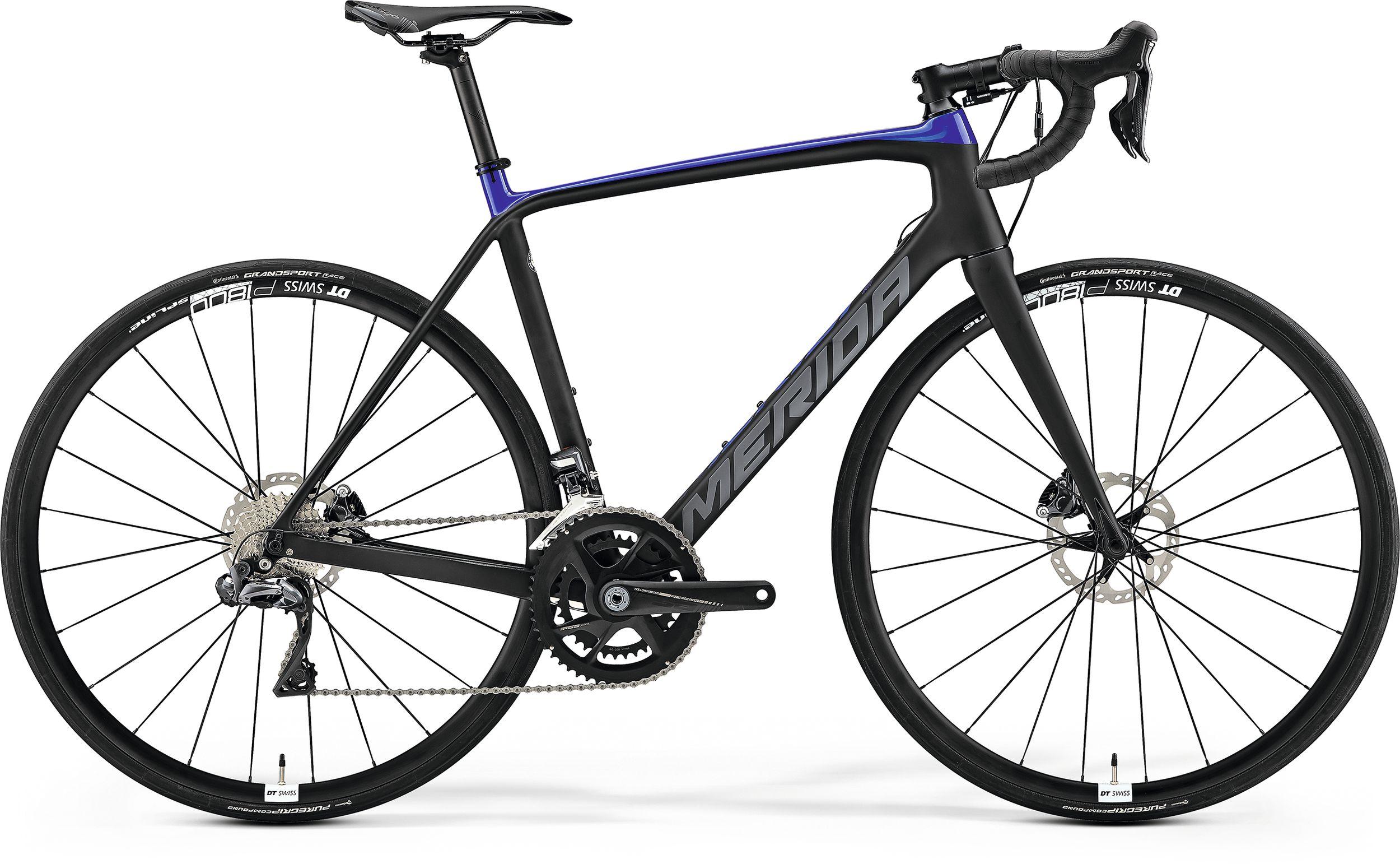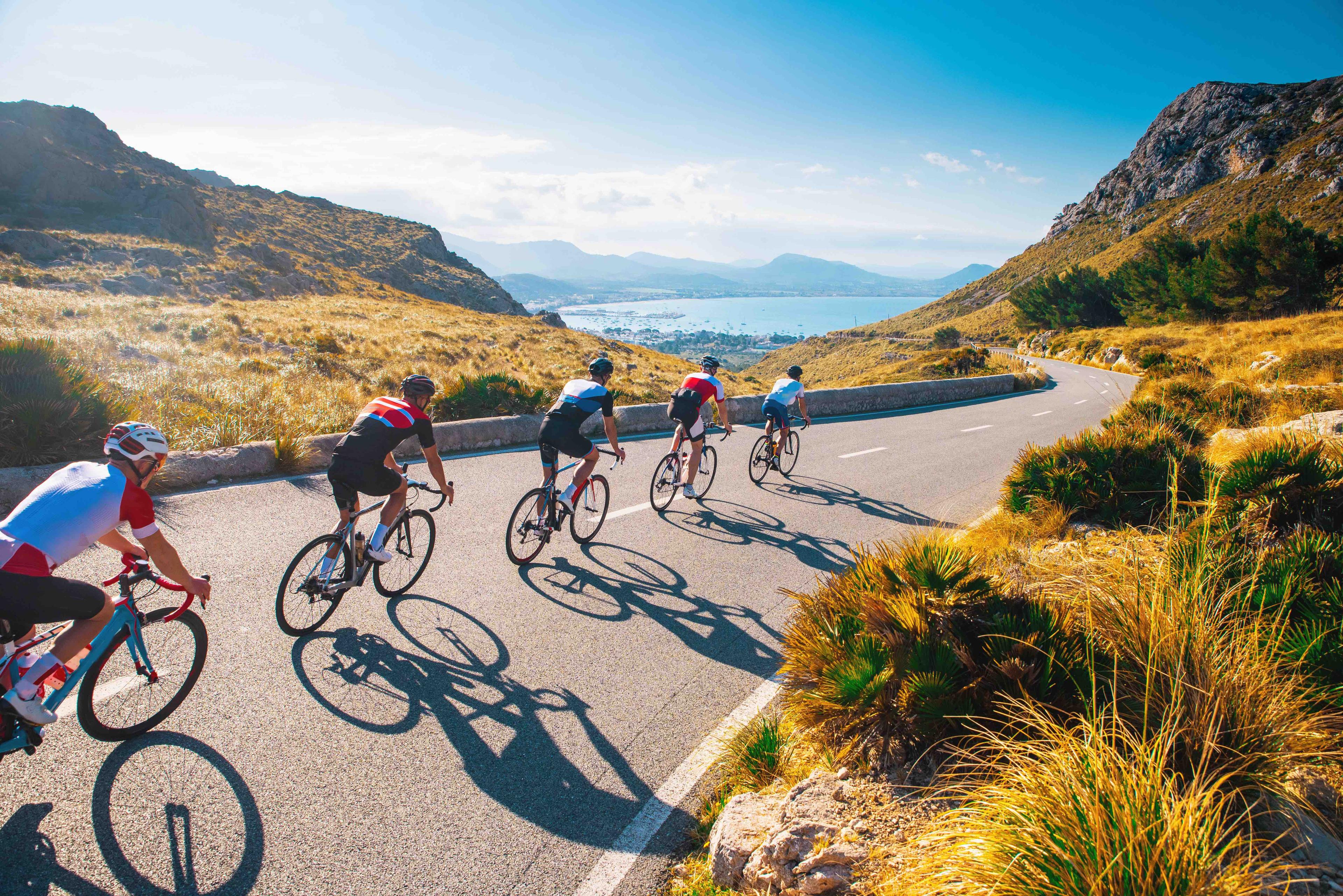
Planning your Marbella cycling?
Read about our favourite routes and more...
Road safety Costa del Sol - riding your road bike in a foreign country
A recent client inquiry regarding "the safety of road cycling in Marbella" sent me into reflection mode!
With years of personal experience and having facilitated countless road bike rentals over the past decade, my immediate reaction was “of course it’s safe!”.
After some introspection I started to have questions about safety standards, road infrastructure, cultural attitudes towards cyclists, peace of mind when on the road and above all, what does the law say?
To be able to honestly answer the “road safety” question, we need to consider what is on offer here on the Costa del Sol.
We have 2 main motorways which connect all the towns and areas of the Costa del Sol, The A7 and the AP7. The A7, which is the old N-340 (the national road) is busy in the winter and extremely busy in the summer. The AP7 is the toll road - bikes are allowed to cycle on the A7 but not allowed on the AP7.
In a very short stretch of the A7, between Marbella and San Pedro, there are two tunnels and you are not allowed to cycle through the tunnels. There are however alternative ways to cycle around the tunnels and get to the same destination.
From the A7 (the purple line along the coast in the below map) we have roads that go inland towards the mountains. For anyone who hasn’t cycled here before, you need to know one thing, you come to the Costa del Sol to train climbing! The only semi flat cycling here is the A7 which you are sharing with ALL the cars. The roads that go towards the mountains are less busy, varying in elevation and generally more interesting to cycle on.

The main implicit rule to cycling on the A7, is to be on the left of the hard shoulder line as shown in the below picture.

Many cyclists find this very difficult and counterintuitive as it feels like you are in the middle of the road. The reason we cycle on the left of the hard shoulder line is two fold:
- If you claim your proper space on the road, the cars have no choice but to change lane when they overtake you. That means more space and higher safety for us as cyclists. If you cycle on the hard shoulder, you are not “in the way” of the cars so they will pass you without changing lane and sometimes they are very close to you when they pass.
- The hard shoulder is full of debris which means higher risk of punctures.
For those who are still vary about cycling to the left of the hard shoulder, in a national plan to drastically reduce road traffic accidents in Spain, in 2022 the traffic authorities (DGT) introduced several new driving regulations and laws. One of them being the 1,5 meters driving distance to cyclists.
The law aims to penalise motorists who jeopardise cyclists by failing to ensure an overtaking distance of 1.5 metres. Drivers travelling on a road with more than one lane (such as the A7) will be obliged to completely change lanes before overtaking a cyclist.
These regulations also establish that you have to overtake a bike, maintaining a distance of at least 1.5 metres and the opposite lane can be occupied if necessary, as long as conditions allow it. Drivers can cross the continuous line as long as they don’t endanger other road users coming in the other directions.
The below picture shows the signs that are now in place on many roads popular to cyclist. Some drivers also have this sign as stickers on the back of their car.
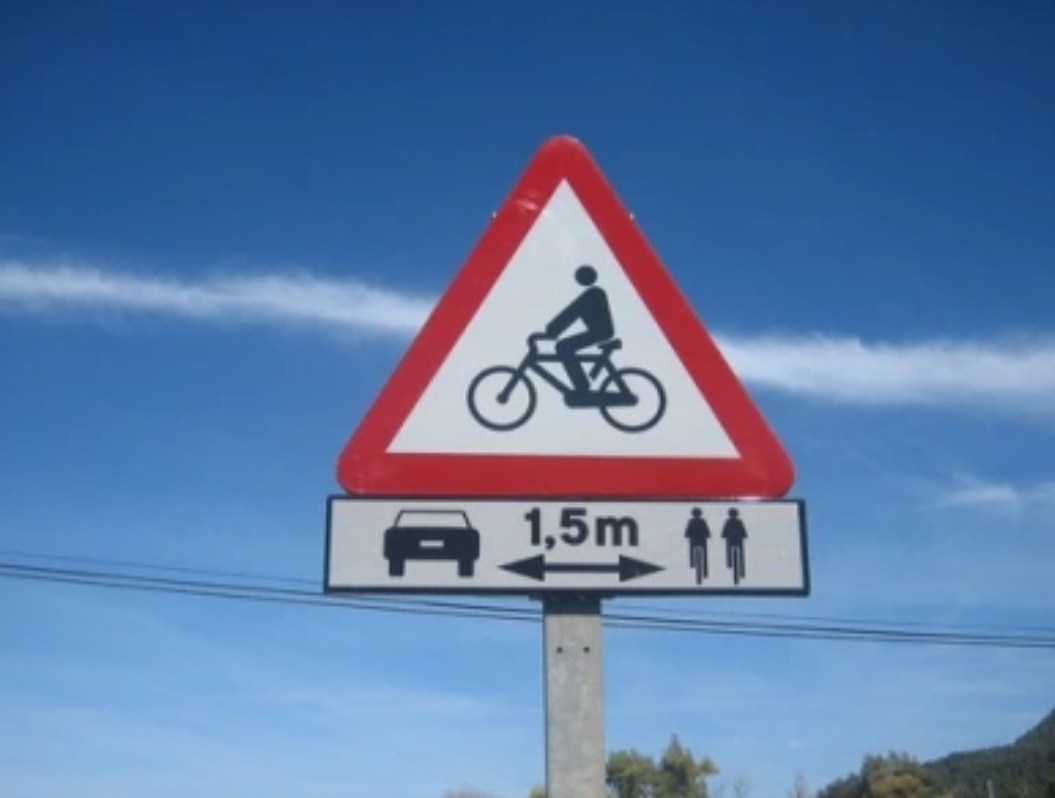
Despite these regulatory efforts, the influx of over 10 million tourists annually poses additional challenges, as not all visitors adhere to cyclist-friendly practices. Nevertheless, armed with awareness and strategic timing, you can navigate Marbella's roads with confidence.
As mentioned above, the A7 is a busy road and with more foreigners setteling and living on the coast permanently, it’s busy not only seasonally but rather constantly.
The stretch between the two tunnels tends to be busy all the time and there you can only do of two things, put your head down and pedal or take alternate routes that will take you through Marbella, Nueva Andalucía and San Pedro and passed the tunnels.
That specific stretch of road aside, the best times to be on the A7, in order to then turn off to one of many mountain roads, is at 07:00-08:00, 11:00-13:00, 14:30-15:30. Or on Sundays! Why such specific timings you ask?
From 08:00 to 11:00 people are trying get to work, bring kids to school and are in a rush to get there. From 13:30-14:30 those who have “split turns” tend to go home or to lunch. From 15:30-17:00 the same people are trying to get back to work or parents are picking up their kids from school.
On Sunday mornings the A7 is ghost town. The cars are few and far in between and that’s the day that most local cyclist use to do their long flat rides. The rest of the time, we climb!
To conclude, to the question is Marbella safe for cyclists, I have to answer, if you know what you are doing, it’s probably safer than most other places!
Happy cycling and please remember that the content of this blog is not advice or exact rules of of the road. Use your better judgment and if in doubt, cycle with a local friend or one of our cycling guides that can take you around.

